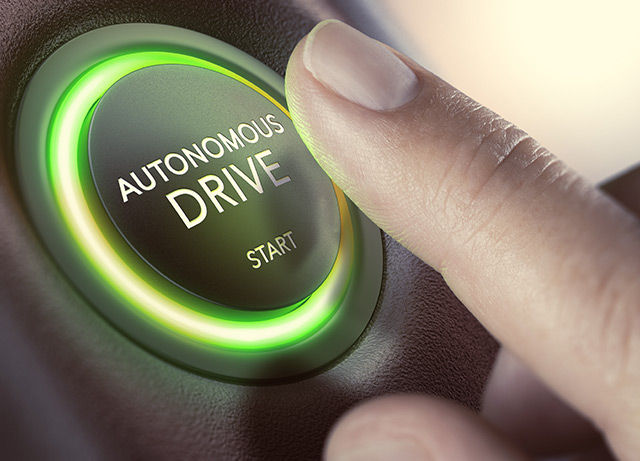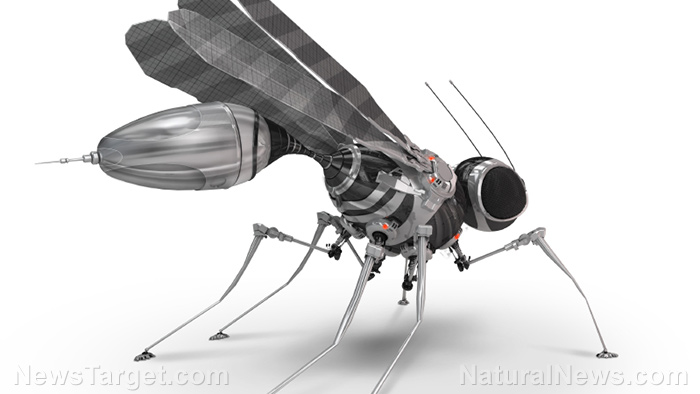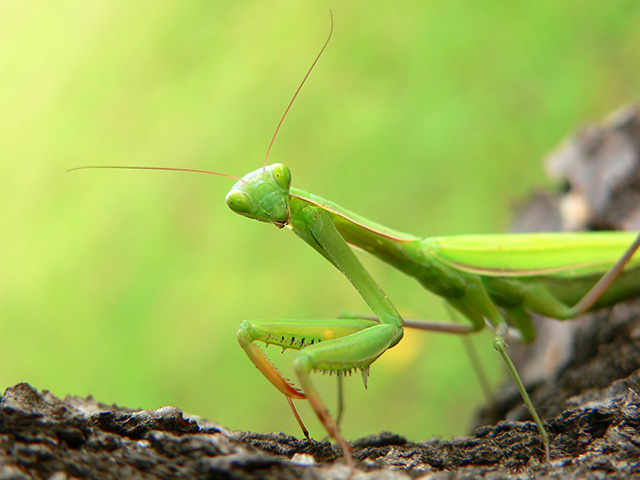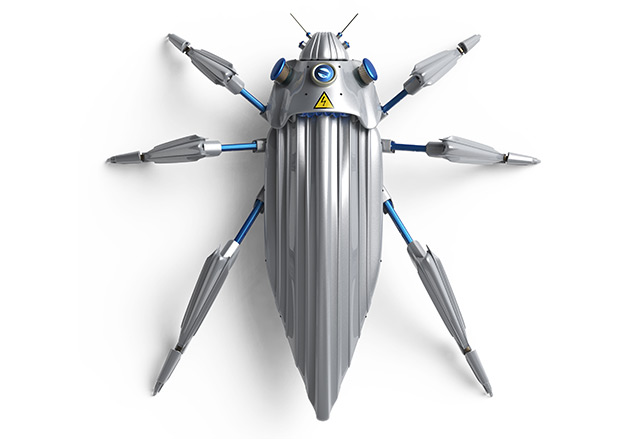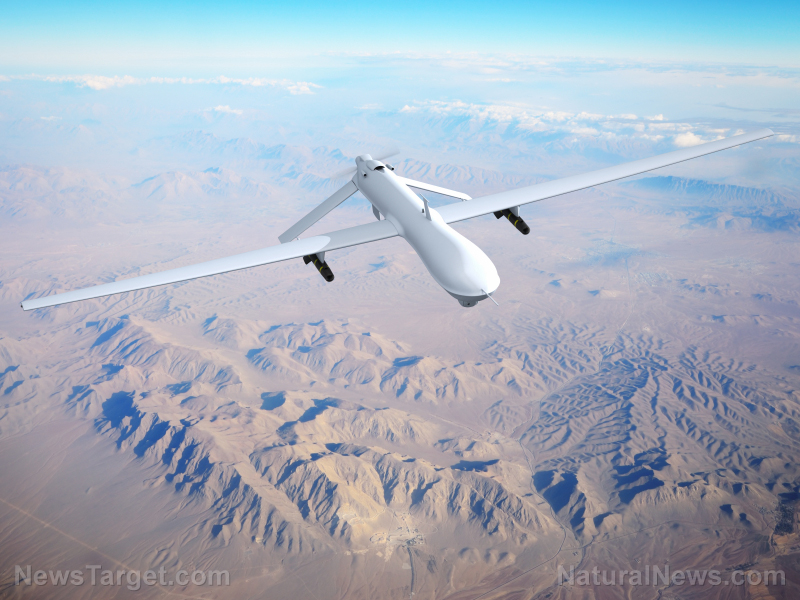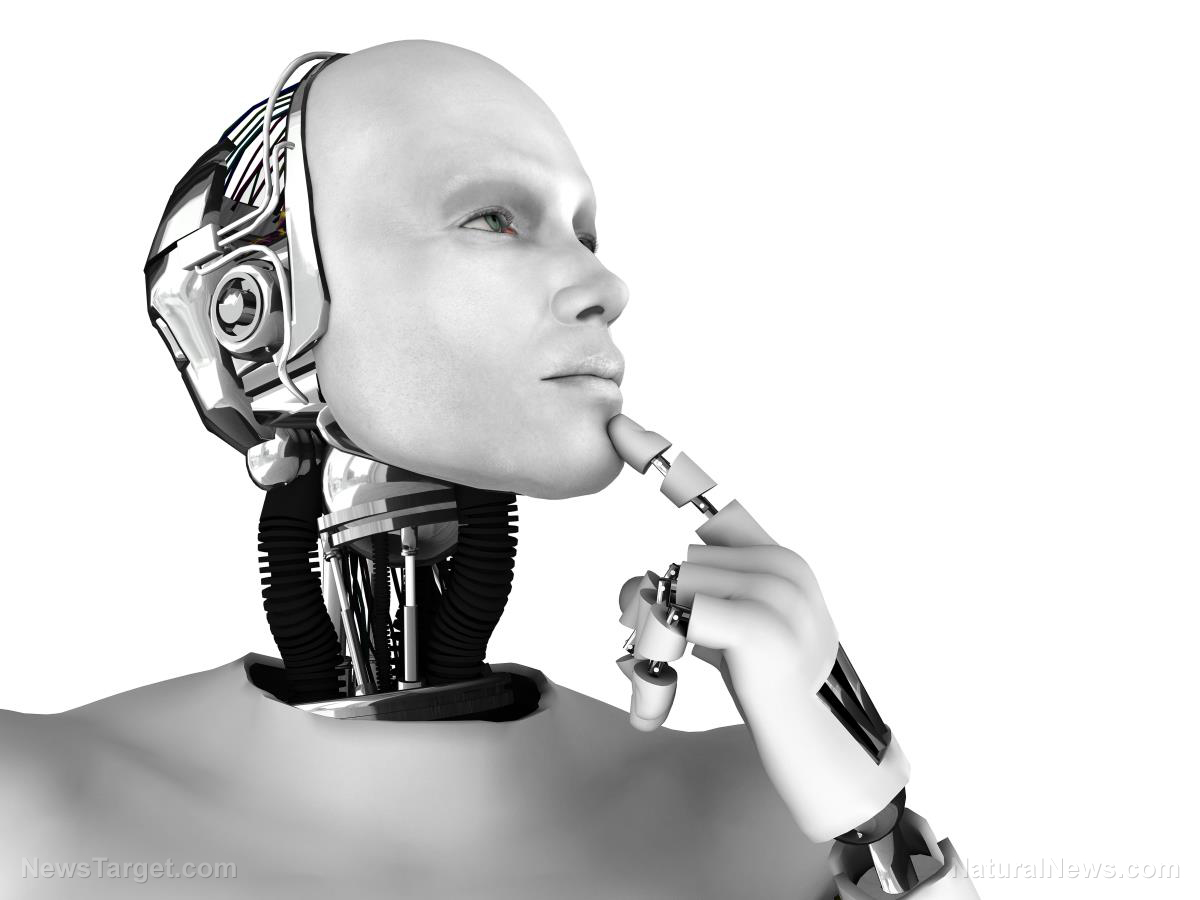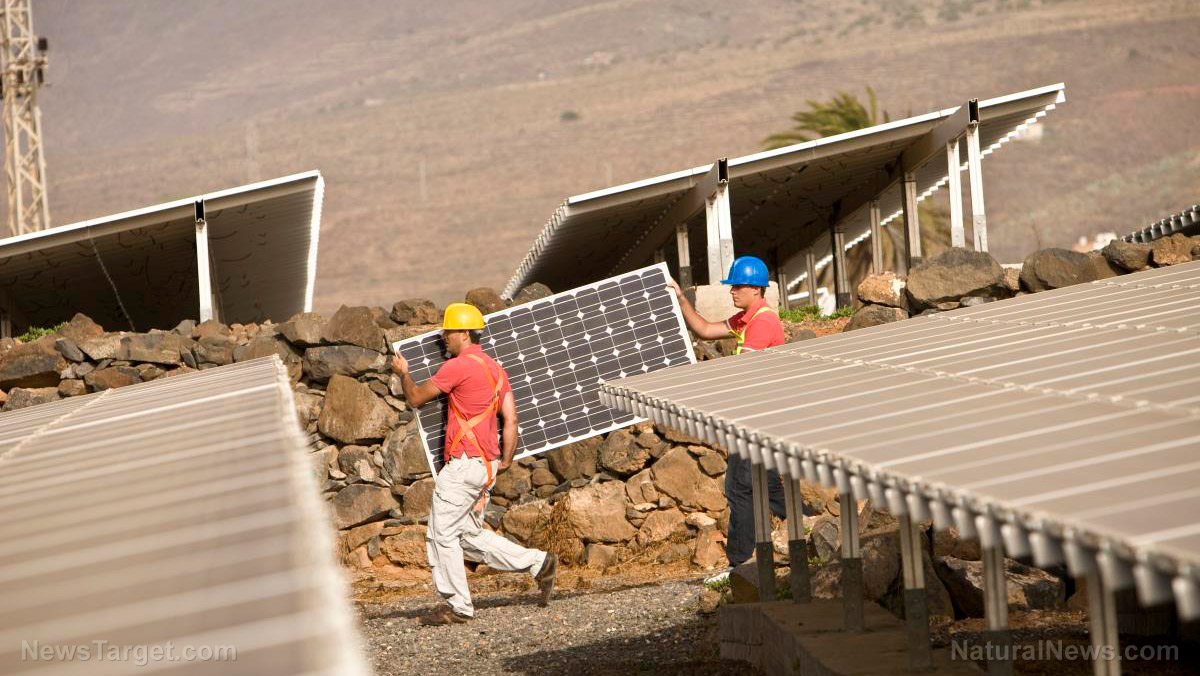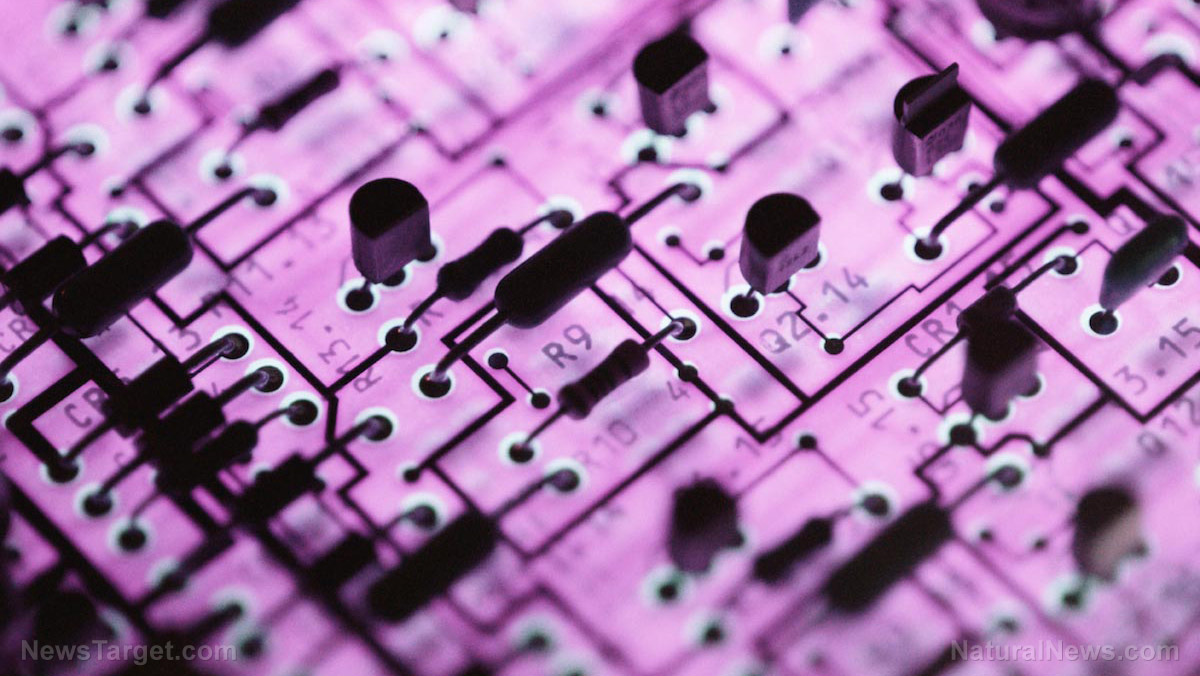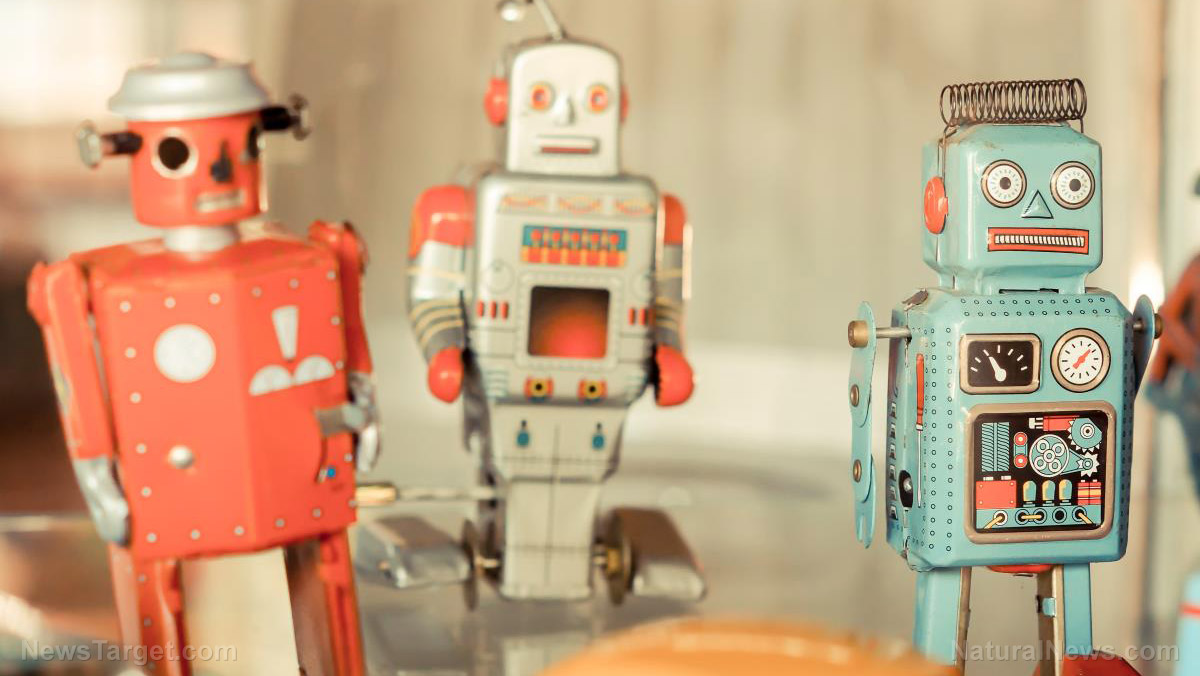The 2015 International Robot Exhibition (iREX) debuted a slew of androids to the public last week. Among all the androids displayed at this year’s convention, a robotic version of Leonardo da Vinci was the most popular and by far the creepiest.
This year’s iREX marked the event’s 21st anniversary and its largest exhibition to date. Approximately 446 Japanese and overseas companies flocked to the event.
The robot version of Leonardo da Vinci received the most attention at the exhibition, most likely because of its life-like appearance and speaking skills. The android was developed by Minoru Asada, a professor at the Department of Adaptive Machine Systems at the Graduate School of Engineering, Osaka University. He claimed he wanted to educate children about Leonardo da Vinci and the power of the human imagination with the robot.
“One of the biggest things is that there are two types of androids. The ones imitating existing people and the others that reproduce fictitious figures. This Leonardo da Vinci, however, is the first android, which imitates a famous historical figure known by everyone all over the world,” said Yakata Masakazu, public relations officer for the Leonardo Da Vinci Network.[1]
Other humanoids attract attention at exhibition
Attention wasn’t bound solely to the Leonardo da Vinci robot, however. A dancing desktop named PremaidAI stood out, as well. Upon finishing a performance, the robot bowed and blew a kiss to a captivated audience.
PremaidAI was created by Japanese company DMM. It can be controlled with a smartphone software and comes with a wide range of accessories. Masayuki Okamoto, head of Robot Yuench, which worked with DMM to produce PremaidAI, said, “It’s a dream for those who create robots that every family should have a robot, and I hope that PremaidAI will be a good opportunity for realizing that.”[2]
The exhibition wasn’t just for entertainment purposes, however. A recurring theme at the event was robots that could respond to and manage natural catastrophes. Three humanoids, JAXON, HRP-2 and Hydra, were developed in response to the 2011 Fukushima disaster. These robots could navigate uneven ground, crawl and open doors.[2]
In addition, two of the robots were able to walk through a field of debris to extinguish a fire during a demonstration. HRP-2, for instance, was able to remove a box to secure a path, a task which could be performed by the robot in an environment hazardous to humans.
Disaster relief a recurring theme at event
The overarching theme at the exhibition should come as no surprise given Japan’s history with natural disasters. The country lies along the western edge of the Ring of Fire, which is one of the most tectonically active places on Earth. Japan remains susceptible to major earthquakes every few decades.
Approximately 10 percent of the world’s volcanic activity takes place in Japan and about 1,500 minor earthquakes plague the nation each year.
“Most of our jobs, of course, are for human beings, and so we think humanoids can handle these kinds of things,” Satoshi Kochiyama, NEDO (New Energy and Industrial Technology Development Organization) Machine Systems Department project manager, told sources.[2]
“When it comes to opening doors and going up the stairs, for example, humanoids are the most useful for these tasks,” he added.[2]
These humanoids are by no means perfect, however. They are subject to balance problems, acknowledged Shuji Yumitori, head of the robot division of NEDO. He says the company hopes to correct these problems for commercial use in as little as five years.
Other major attractions at the event included Pepper, a robot designed to live with humans, which talked to visitors at the convention. The robot is intended not just to provide aid to the elderly, but to give advice and make small talk, as well. According to journalist Yuri Kageyama, who spent a half a day with the robot, Pepper’s most striking feature was the “absolutely ardent attention (Pepper) gives you.”[3]
Most of the exhibitors at the event reflect robots in the industry. Among the 446 organizations that attended the event, 57 were from countries like France, Britain, Russia and South Korea.[3]
Sources include:
[1] PassPortMagazine.com
[2] UK.Reuters.com
[3] DailyMail.co.uk

